Slow Teaching: On finding calm, clarity and impact in the classroom
£14.30
Slow Teaching is a thoughtful exploration of how slowing down in all aspects of education can lead to improved student outcomes. It evaluates how this slow pedagogy will result in improved feedback, more nuanced and skilled classroom management and relationships, meaningful classroom dialogue, retention of knowledge and school leadership with attention to detail. It explores how to slowly deepen the craft of teaching to grow expert practitioners who are committed to mastering their practice. It also reflects on strategies that will enable teachers to feel calm, confident and organised in a profession that can often appear relentless.
Read more
Additional information
| Publisher | John Catt Educational (2 Mar. 2018) |
|---|---|
| Language | English |
| Paperback | 202 pages |
| ISBN-10 | 1911382608 |
| ISBN-13 | 978-1911382607 |
| Reading age | 18 years and up |
| Dimensions | 14.8 x 1.2 x 21 cm |

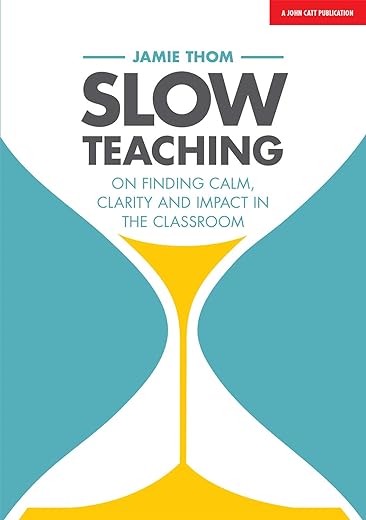
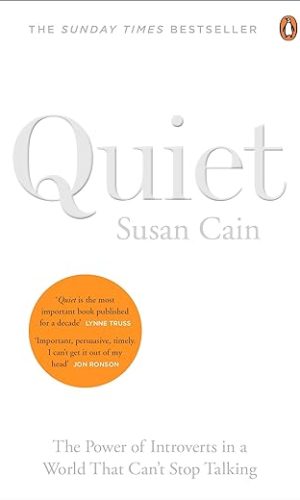
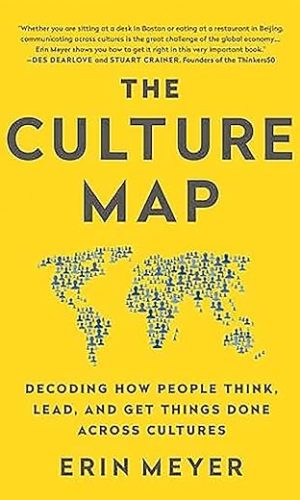



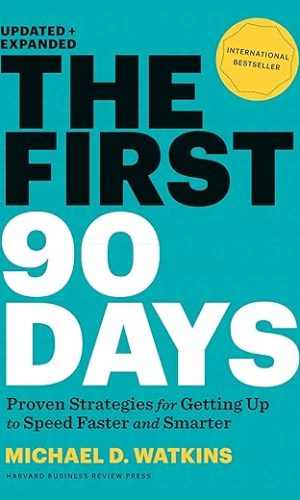
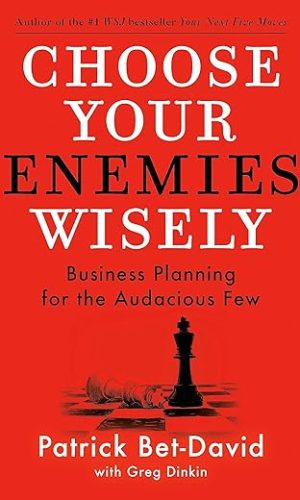
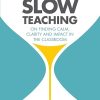
by Miss
At the heart of this book is a focus on reflection. Each chapter ends with a list of ‘slow questions’, which encourage us to take the time to think about and evaluate each particular aspect of our teaching. This isn’t a preachy or didactic ‘how to’ guide. Instead, ‘Slow Teaching’ emphatically encourages us to take ownership of our classrooms and spend our limited time wisely, not on ‘mindless marking’, but on strategies which have been proved to have an impact on students. This, combined with Jamie’s honest reflections on teacher stress and his thorough summaries of recent pedagogical thought, is what makes ‘Slow Teaching’ a great manual for good teaching.
It’s probably not surprising that this book, by an English teacher, has such a lengthy bibliography, but it is still one of the real strengths of ‘Slow Teaching’. The uplifting quotations which open each chapter range from Ghandi and Dickens to Doug Lemov and Geoff Barton. In addition, every section is rooted in research collated to concisely offer practical and impactful strategies. I found the chapter on questioning to be a particularly excellent example of this. In just 8 pages Jamie covers the value, pitfalls and most valuable approaches to this crucial aspect of teaching. It would be excellent pre-reading for any CPD session focused on questioning. If, like me, you’d like to read more educational theory, but struggle to find the time, this book is a great summary of key ideas from many recent texts.
Perhaps sadly, I think another highlight of this book for most teachers will be Jamie’s sincere and self-deprecating reflections on the effect teaching can have on the rest of our lives. I don’t know of another teaching book which even touches on sleep and yet insomnia is something familiar to everyone in our profession. Jamie’s advice is simple: cut down on caffeine, do some exercise, curb the use of electronic devices and commit to a routine that prioritises rest. Yet this is advice I think we have all needed to hear at one point or another and it seems strikingly relevant with exam season looming too.
Overall, ‘Slow Teaching’ is an ironically quick read, which I would definitely recommend to teachers at all stages of their careers.
by TM
Working in an academy that prioritises exams and data as opposed to student wellbeing and good character can be incredibly frustrating, especially when you begin to easily forget your motivations for training to teach in the first place. As a teacher in my fifth year, Jamie Thom’s book was a refreshing and insightful reminder that less is more and that burning out in the workplace impacts not only you, but your students as well. Thom’s book emphasises the need to teach minimally and go back to basics, reinforcing the idea that students need to take more responsibility for their own learning as opposed to depending on their teachers- a skill important for life outside of school too.
My favourite chapters included that on marking and feedback, as well as personal wellbeing. As someone who finds it hard to find time in the day to read, the tone of Thom’s book was perfect, giving specific strategies to employ in the classroom.
I definitely recommend this to teachers at all stages of their careers.
by Adam Smith
I spend a lot of my spare time reading teaching books, probably more than is healthy for even the most ‘reflective’ of teachers. Now that I’ve read Slow Teaching I might actually be able to give up that habit. This book takes a really broad, holistic view of teaching and of the teacher and it has already made me feel calmer and more purposeful in my classroom. It covers a pretty impressive range of areas in a good level of detail from classroom layouts to marking, modelling, CPD, meditation and leadership. You might think a book on ‘Slow Teaching’ would be a bit ponderous or perhaps new-agey but it isn’t, it is an antidote to so much of secondary school staff room culture.
Particular chapters I enjoyed included one about creating a more minimalistic classroom environment, the chapter on literacy which sought to look beyond quick fixes and the chapters on well-being. In fact I have photocopied more than a few of the pages on well-being for other members of staff because I found the practical, sensible, mature approaches to stress and anxiety and insomnia to be a really good antidote to some of the culture around well-being in my school.
If there was a section I wish I could photocopy and hand out to all my colleagues it would be the one on Teacher Talk, it has totally changed the way I conduct my RE lessons and the way I interact with students from Year 7 to Year 13. I feel like I benefited from thinking about how I want to be purposeful and effective in the classroom rather than just talking for the sake of it and wheeling out stock-phrases that don’t have any meaning for me or my students.
This is a -really good- teaching book and I really do say that as someone who has read plenty of them!
by L
Bought as a gift on request, very much appreciated by recipient who had it recommended. Great value.
by Mrs K.
Jamie Thom’s ‘Slow Teaching’ deserves a place in all CPD libraries and on ITT booklists. It provides a starting point for personal, departmental and whole school development and encourages teacher self-improvement and reflection. Jamie organises his book into seven sections, all easy to read and drawing upon relevant, recent research and literature interwoven with his own experience. The first section encourages readers to reflect on the impact of the environment in which they teach and the efficacy of the resources they use (including their own body language). The next three deal with teacher talk, including questioning, relationships, behaviour management, motivation, memory and marking. The final sections focus on effective CPD, wellbeing and value-driven leadership. I wholeheartedly recommend this book to all teachers at any stage in their career – it’s a book you will dip back into again and again.